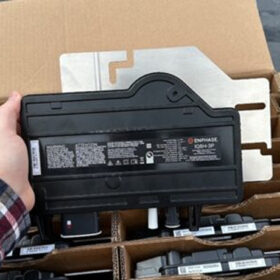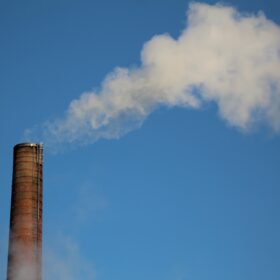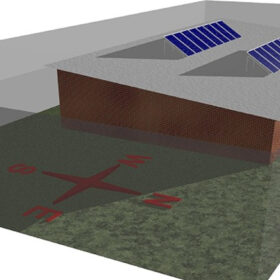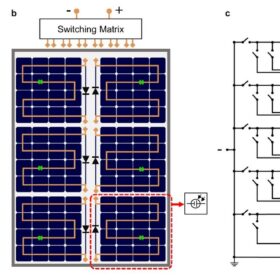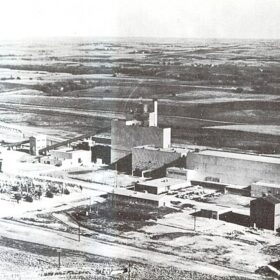Enphase unveils new three-phase inverters
Enphase has released 208 V three-phase inverters for the small commercial market. The advancing hardware comes with a specialised support team and tailored design tools.
COP28 agreement suggests days of fossil fuels are numbered – but climate catastrophe not yet averted
As negotiators stagger towards their beds in Dubai and another year’s climate talks come to a close, it’s time to take stock. Did COP28 achieve the big breakthrough the world needs on climate change?
Bifacial PV on rooftops can provide energy yield gains of up to 22.6%
Scientists in Australia have combined Monte Carlo Ray Trace (MCRT) techniques and electrical modelling to assess the potential energy gains of bifacial rooftop PV systems compared to monofacial arrays. They found that rooftop reflectivity is a key factor in increasing a bifacial PV system performance, and that system and module design should also be carefully considered.
Canadian Solar launches new grid-scale battery
Canadian Solar says its new SolBank 3.0 grid-scale battery supports up to 2.35 MW/5 MWh of grid-scale renewable energy storage and dispatch.
New tool to detect faults in inverters released by PI Berlin
PI Berlin has developed a new tool to detect problems in inverters such as defective printed circuit boards, faulty switching algorithms, and deficiencies in components and sensors.
Reconfigurable series-parallel photovoltaic modules with high shading tolerance
TU Deflt researchers made a first attempt to validate reconfigurable solar modules using prototypes in outdoor tests. The panels consist of two or more blocks of solar cells that are connected to a switching matrix and reportedly achieve a 10.2% higher energy yield than conventional shade-resilient modules under partial shading conditions.
Martin Green’s solar cell efficiencies at a glance – updated
The research group led by Professor Martin Green has published Version 63 of the solar cell efficiency tables. There are six new results reported in the new version.
China module prices slide to new lows, manufacturers cut production
In a new weekly update for pv magazine, OPIS, a Dow Jones company, provides a quick look at the main price trends in the global PV industry.
Solar LCOE now 29% lower than any fossil fuel option, says EY
A report from Ernst & Young shows that despite inflationary pressures, solar remains the cheapest source of new-build electricity. The global weighted average levelised cost of electricity for PV is now 29% lower than the cheapest fossil fuel alternative.
Nuclear who?
Authors of the “World Nuclear Industry Status Report 2023” define the future role of nuclear energy in the global energy mix as “irrelevant” and “marginal.” The authors add that there were 407 operational reactors producing 365 GW in the middle of the year, which is less than installed capacity predictions for solar by the end of the year.
